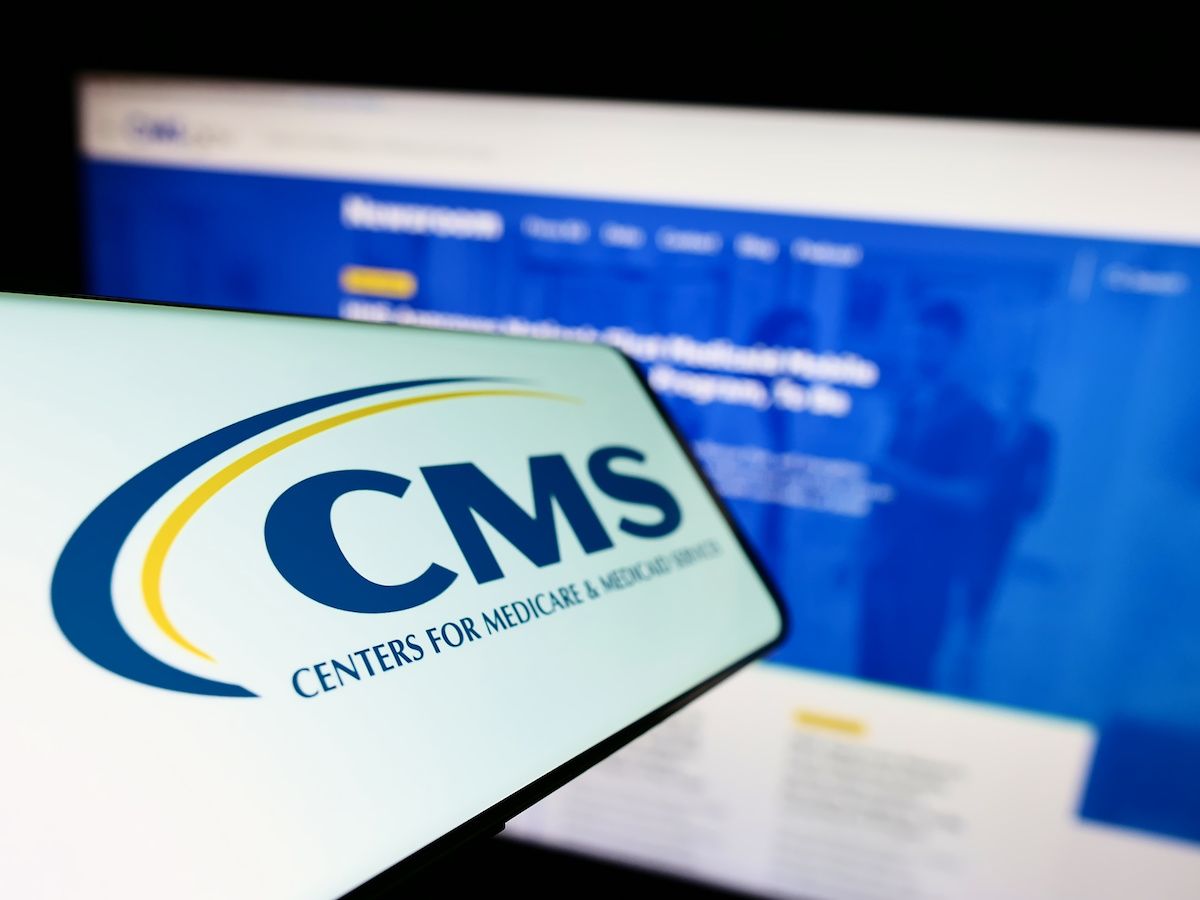Article
Physicians can agree to disagree with patients
Author(s):
Although an informed and engaged patient usually is a good thing, these qualities sometimes can lead to disagreements, hurt feelings and interruptions in care.

Key Points
The days of patients sitting passively and nodding in agreement as physicians explain diagnosis and treatment are gone. Armed with Internet research and a consumer mentality, patients increasingly are assertive about what they know (or think they know) about their conditions and what they want from their doctors.
Although an informed and engaged patient usually is a good thing, these qualities sometimes can lead to disagreements, hurt feelings, and interruptions in care. Physicians must respect patients' independence while ensuring that each patient receives proper care. But as the doctor-patient paradigm continues to change, that's sometimes easier said than done.
"Over centuries, what the doctor said, went," says Henry S. Perkins, MD, a professor of medicine at the University of Texas Health Science Center in Austin. "Now there's a movement to empower patients to have some say in their treatment, and many of us have seen that movement go to an extreme."
"The needs of patients and responsibilities of physicians are far greater than a buyer-seller relationship," she says. "Both physicians and patients will benefit from shared decision-making on treatment."
"The patient's knowledge is [composed] of so much more - their cultural background, their financial status, their family history," adds Oliver Bullock, DO, a family practitioner in Philadelphia. In this way, disagreements between doctor and patient sometimes have little to do with the treatment itself.
THE DOCTOR-PATIENT PARTNERSHIP
According to Robert Frymier, MD, a consultant for the Institute for Healthcare Communication in Annapolis, Maryland, both physician and patient bring "baggage" to their relationship. But it's a lack of physician training in communication - not troublesome patients - that typically leads to problems.
Davis Liu, MD, is a family practitioner in Roseville, California, who has fielded requests for medications he did not believe were warranted. In such cases, he says, it's crucial to ask questions that lead to the root of the patient's concerns so that they can be addressed.
"Often there is disagreement because of lack of understanding by the doctor or patient," says Liu, who does his best to listen to the patient, share his ideas, and see whether there is a middle ground. "Ask them: What can we negotiate with? What are we willing to do now?"
Perhaps the most common situation of conflict is when patients enter the exam room armed with their own diagnosis and course of treatment based on Internet research. Whether or not the plan is off the mark, it's crucial to maintain back-and-forth communication.
"People come in with pretty outrageous things, but you don't want to tell them that's ridiculous," says Denver family practitioner Grace Alfonsi, MD. When necessary, she tries to counter their faulty information with medical evidence of her own, and she offers a list of recommended medical Web sites for non-physicians. In instances such as these, educational handouts dealing with popular or commonly misunderstood health topics are an invaluable resource.
Stephen Fischer, MD, a primary care physician in Spring, Texas, makes an effort to be gentle when a patient wants a different course of action than he had planned. "Even on a bad day, I'll never blast a patient. My job is information and providing good care, not to be their mother."
Patients ultimately are responsible for their own health, so Fischer negotiates if there's a disagreement over his initial treatment plan. Many parents have growing concerns about vaccinations for their children, for example, so he offers to spread them out rather than giving them all at once, and this move seems to instill a sense of comfort.
Time is a persistent enemy of most physicians, and putting patients at ease with treatment decisions may require more than the five or ten minutes you've allocated for them. But taking an extra moment to truly listen to a patient's concerns could benefit you, too.
"There's a lot of pressure to see more patients faster, but you can't look rushed," Alfonsi says. Patience, she believes, leads to greater patient satisfaction and fewer clashes.





